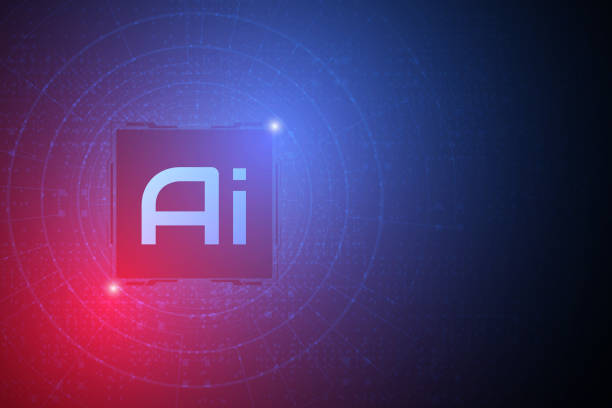What is On-Page SEO and Why Does It Matter?
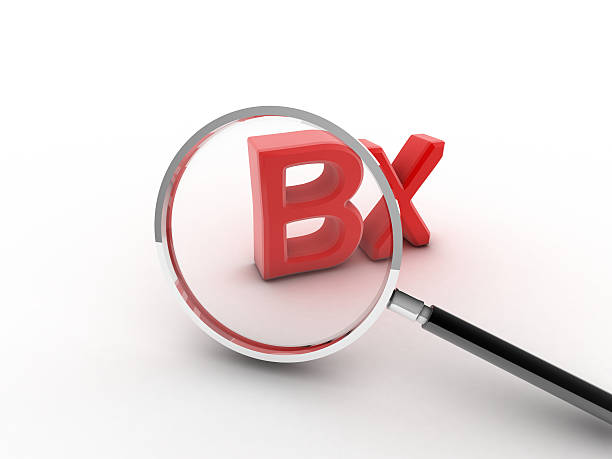
#On-page SEO, also known as #search_engine_optimization on the page, is a set of techniques and strategies used to improve a website’s ranking in search engine results like Google, Bing, and Yahoo.
On-page SEO involves optimizing various elements of a website, including content, HTML code, site structure, and user experience.
On-page SEO is important because search engines use these elements to better understand the topic and quality of a website.
By optimizing on-page SEO, you help search engines easily find, index, and rank your website higher in search results.
A higher ranking in search results means increased traffic to your website, which in turn increases business opportunities. In other words, on-page SEO is the foundation of a successful SEO strategy.
Without strong on-page SEO, your efforts for off-page SEO (such as link building) will not be as effective.
On-page SEO helps you have more control over your website’s ranking and ensures that your website is properly optimized for relevant keywords.
By fully understanding on-page SEO concepts, you can prepare your website for success in the online world.
On-page SEO means optimizing all aspects within your website for better ranking in search engines.
In summary, on-page SEO is important for the following reasons:
- Increasing ranking in search results
- Increasing traffic to the website
- Improving user experience
- Increasing website credibility
Are you worried that your company’s old website is driving away new customers? Rasaweb solves this problem with a modern and efficient corporate website design.
✅ Increases your brand credibility.
✅ Helps attract targeted customers.
⚡ Contact Rasaweb for a free consultation!
Keyword Research – Finding the Best Phrases to Target
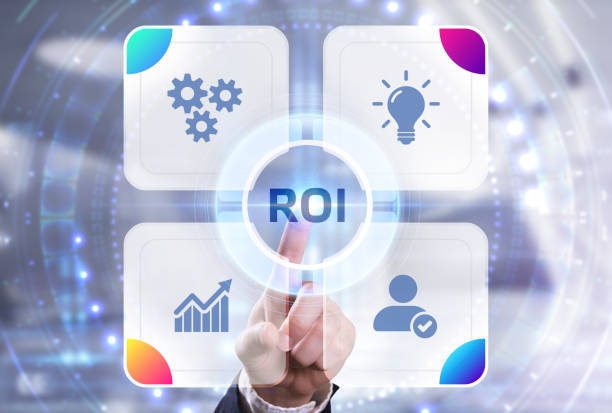
Keyword research is one of the most important steps in #on_page_seo.
Choosing the right keywords helps you attract your target audience and improve your website’s ranking in search results.
The keyword research process involves finding the phrases users use when searching in search engines and then selecting the words that are most relevant to your website’s content.
To start keyword research, you can use various tools such as Google Keyword Planner, Ahrefs, SEMrush, and Moz Keyword Explorer.
These tools help you find search volume, competition level, and related keywords. When choosing keywords, consider the following:
- Relevance: Keywords should be relevant to your website’s topic and content.
- Search Volume: Keywords should have a reasonable search volume.
- Competition: Keywords should have an acceptable level of competition.
- Searcher Intent: Keywords should match the searcher’s intent.
Also, keep in mind that keywords can be short or long-tail.
Short keywords usually have higher search volumes, but they also have more competition.
Long-tail keywords usually have lower search volumes, but they also have less competition and can attract more targeted traffic to your website.
Using keyword research tools and careful analysis, you can find the best phrases to target in your website content.
On-page SEO allows you to communicate more effectively with your audience.
Content Optimization – Creating Valuable and Engaging Content
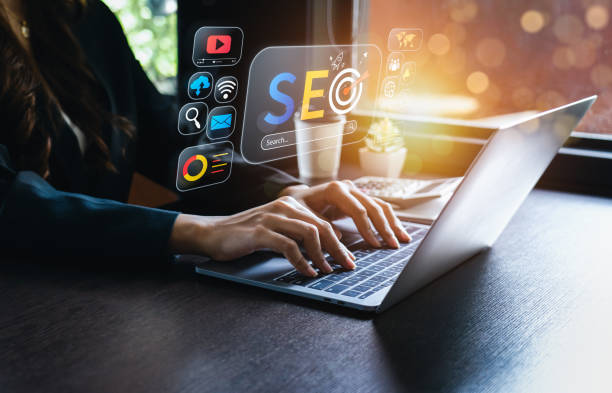
Content is king! This phrase is very common in the world of #SEO and for good reason.
High-quality and valuable content can attract a lot of traffic to your website, improve your ranking in search results, and convert audiences into customers.
Content optimization involves creating content that is both engaging and useful for search engines and users.
When creating content, consider the following:
- Quality: Content should be accurate, reliable, up-to-date, and have added value for users.
- Relevance: Content should be relevant to your target keywords.
- Readability: Content should be easy to read and have a proper structure (using headings, subheadings, paragraphs, and lists).
- Attractiveness: Content should be attractive and engaging to encourage audiences to read it.
- Uniqueness: Avoid copying content from others and create your own unique content.
Also, keep in mind that content can be presented in various formats such as text, images, video, podcasts, and infographics.
Using a variety of formats can help increase content attractiveness and attract more audiences.
SEO-optimized content creation is one of the most important factors in on-page SEO.
By using a suitable content strategy and producing high-quality content, you can improve your website’s ranking in search results and attract more targeted traffic to it.
On-page SEO goes hand in hand with strong and valuable content.
| Element | Description |
|---|---|
| Page Title | Should be attractive and relevant to the content and include the main keyword. |
| Meta Description | A summary of the page’s content that should be attractive and encourage users to click. |
| Headings (H1-H6) | The H1 heading should be used for the main title of the page, and other headings should be used to organize the content. |
Optimizing Titles and Meta Descriptions

Titles and Meta Descriptions are the most important elements of #on_page_seo that are displayed in search results.
The Title Tag is the title that is displayed in the browser bar and in search results, and it should be attractive, relevant to the content, and include the main keyword.
The Meta Description is a summary of the page’s content that is displayed below the title in search results and should be attractive and encourage users to click.
When optimizing titles and meta descriptions, consider the following:
- Length: The title length should be less than 60 characters and the meta description length should be less than 160 characters.
- Keywords: The title and meta description should include the main keyword and related keywords.
- Attractiveness: The title and meta description should be attractive and encourage users to click.
- Relevance: The title and meta description should be relevant to the page’s content.
Optimizing these two elements has a significant impact on the click-through rate (CTR) from site pages on the search results page.
On-page SEO with the correct optimization of the title and meta description helps to increase the click-through rate and increase site traffic. Optimizing titles and meta descriptions is an ongoing process and should be reviewed and updated periodically.
By optimizing titles and meta descriptions, you can improve your website’s ranking in search results and attract more traffic to it.
Are you worried about the low conversion rate of your online store and don’t have the sales you want?
Rasaweb is your specialized solution for having a successful online store.
✅ Significant increase in conversion rate and sales
✅ Professional and user-friendly design to satisfy customers
⚡ Ready to transform your online sales? Get a free consultation!
Optimizing URL Structure
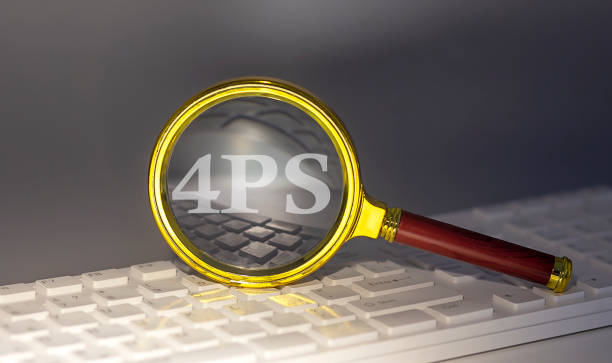
URL structure is another important factor in #on_page_seo.
URL (Uniform Resource Locator) is the address of a web page on the internet.
The URL structure should be clear, concise, relevant to the content, and include the main keyword.
When optimizing the URL structure, consider the following:
- Clarity: The URL should be easy to read and understand.
- Conciseness: The URL should be as short as possible.
- Keywords: The URL should include the main keyword.
- Separators: Use a hyphen (-) as a word separator in the URL.
- Lowercase Letters: Use lowercase letters in the URL.
For example, instead of using the following URL:
https://www.example.com/page?id=123
Use the following URL:
https://www.example.com/seo-internal-optimization
An optimized URL structure can help search engines better understand the page’s content and improve its ranking in search results.
Also, a clear and concise URL can help users easily find the page they are looking for and share it.
On-page SEO is a comprehensive process in which URLs must also be optimized.
By optimizing the URL structure, you can improve the user experience of your website and improve its ranking in search results.
Optimizing Images – Reducing Size and Using Alternative Text
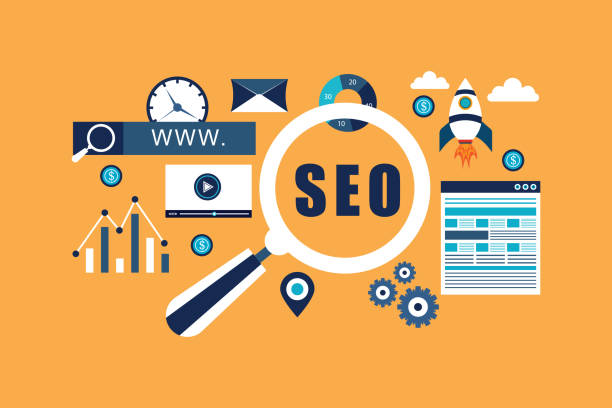
Images play an important role in the attractiveness and user experience of a website, but if they are not properly optimized, they can slow down the page loading speed and negatively impact #SEO.
Image optimization includes reducing image size, using the appropriate format, and using alternative text (Alt Text).
When optimizing images, consider the following:
- Size: Reduce the size of images as much as possible to increase the page loading speed.
You can use image compression tools such as TinyPNG and ImageOptim. - Format: Use the appropriate format for images.
JPEG format is suitable for images with many colors, and PNG format is suitable for images with graphics and text. - Alternative Text: Use alternative text (Alt Text) to describe images.
Alternative text helps search engines understand the content of the image, and it is displayed to users if the image does not load.
Optimizing images not only helps improve the page loading speed but also helps search engines better understand your website’s content and improve its ranking in search results.
On-page SEO increases site speed by optimizing images.
By optimizing images, you can improve the user experience of your website and improve its ranking in search results.
Optimizing Website Speed – Increasing Page Loading Speed
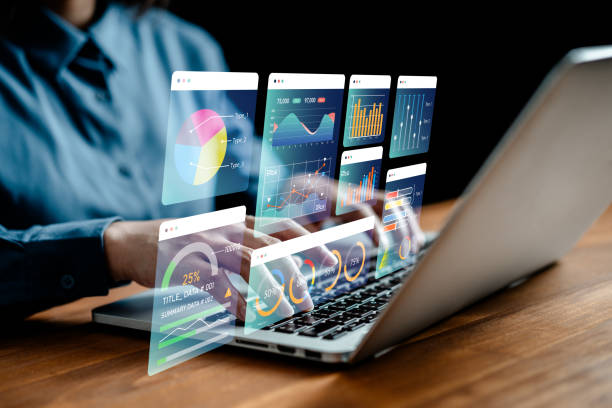
Website speed is an important factor in #on_page_seo and user experience.
Users expect web pages to load quickly, and if a page takes too long to load, the likelihood of a user leaving it increases.
Search engines also consider website speed as a ranking factor, and websites with faster speeds rank better in search results.
To optimize website speed, you can take the following actions:
- Optimize Images: Optimize images using image compression tools and use the appropriate format.
- Reduce Code Size: Reduce the size of HTML, CSS, and JavaScript code.
- Enable Caching: Use browser caching to store static files.
- Use CDN: Use a Content Delivery Network (CDN) to distribute your website’s content around the world.
- Choose a Suitable Hosting: Use a reputable and high-quality hosting company.
By optimizing website speed, you can improve user experience, reduce the Bounce Rate, and improve your website’s ranking in search results.
On-page SEO is directly related to site speed.
| Metric | Description | Tool |
|---|---|---|
| First Contentful Paint (FCP) | Time to display the first content of the page. | Google PageSpeed Insights |
| Largest Contentful Paint (LCP) | Time to display the largest content of the page. | Google PageSpeed Insights |
| Time to Interactive (TTI) | Time for the page to become interactive. | Google PageSpeed Insights |
Optimizing Website Responsiveness – Compatibility with Different Devices

In today’s world, users use different devices such as smartphones, tablets, and desktop computers to access the internet.
Optimizing website responsiveness means designing the website in such a way that it automatically adapts to the screen size of different devices.
Responsive websites provide a better user experience and rank better in search results.
Site responsiveness is one of the main factors of on-page SEO.
To optimize website responsiveness, you can use the following techniques:
- Using Responsive CSS Frameworks: Use responsive CSS frameworks like Bootstrap and Foundation.
- Using Responsive Images: Use responsive images that adapt to the screen size of different devices.
- Using Media Queries: Use CSS media queries to apply different styles based on the screen size of different devices.
By optimizing website responsiveness, you can improve user experience, increase the Conversion Rate, and improve your website’s ranking in search results.
The importance of on-page SEO and mobile-friendliness (responsiveness) is very high.
Are you annoyed by losing customers due to the old appearance or slow speed of your online store? The Rasaweb expert team solves these problems with professional online store design!
✅ Increase customer trust and your brand’s credibility
✅ Amazing speed and great user experience
Get a free consultation with Rasaweb right now ⚡
Internal Linking – Creating a Network of Links Within the Website
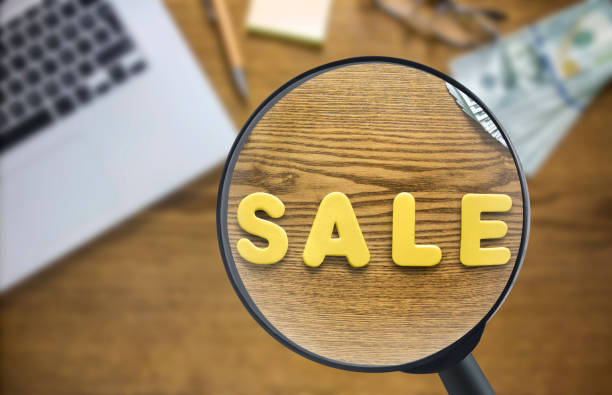
Internal linking means creating links between different pages of a website.
Internal linking helps search engines better understand the structure of the website and identify more important pages.
Also, internal linking can help users easily navigate the website and find the information they need.
Internal linking is one of the factors of on-page SEO.
When internal linking, consider the following:
- Relevance: Links should be created between related pages.
- Link Text: Use descriptive anchor text that is relevant to the content of the destination page.
- Number of Links: The number of internal links on each page should be appropriate.
Avoid excessive linking.
By internal linking, you can improve the structure of your website, improve the ranking of more important pages in search results, and improve the user experience.
On-page SEO with internal linking can increase the ranking of target pages.
Monitoring and Analysis – Measurement and Continuous Improvement
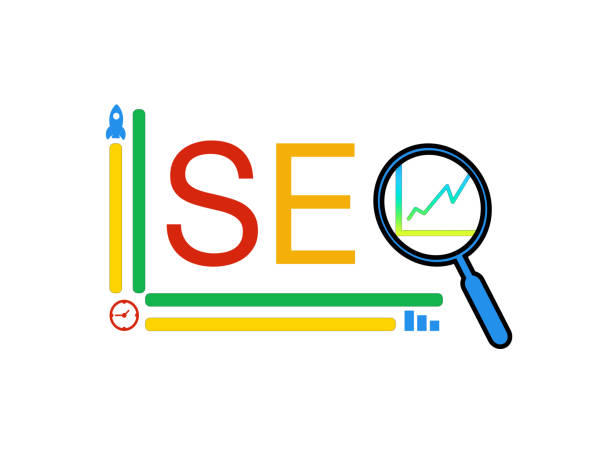
#SEO is a continuous process and requires continuous monitoring and analysis.
To evaluate the effectiveness of your on-page SEO strategy, you should regularly monitor your website’s performance and make the necessary changes based on the data.
To monitor and analyze website performance, you can use the following tools:
- Google Analytics: Google Analytics is a free tool that helps you monitor your website traffic, analyze user behavior, and measure the conversion rate.
- Google Search Console: Google Search Console is a free tool that helps you monitor your website’s performance in search results, identify website errors, and submit your sitemap to Google.
- Keyword Ranking Tools: Use keyword ranking tools such as Ahrefs and SEMrush to monitor your website’s ranking in search results for target keywords.
By continuously monitoring and analyzing website performance, you can identify the strengths and weaknesses of your on-page SEO strategy and make the necessary improvements based on the data.
On-page SEO and site monitoring should be done regularly.
With SEO analysis, you can ensure that your website is continuously improving and achieving its goals.
By analyzing the data, you can improve your on-page SEO strategy and achieve better results.
On-page SEO constantly needs to be reviewed and improved to have the best performance.
Frequently Asked Questions
| Question | Answer |
|---|---|
| What is On-Page SEO? | It refers to the set of actions taken within the website to improve ranking in search engines. |
| Why is On-Page SEO important? | Because it helps search engines better understand your site’s content and structure and improves the user experience. |
| What are the most important elements of On-Page SEO? | Title and meta descriptions, keywords, URL structure, high-quality content, image optimization, internal linking, and site speed. |
| How to optimize the Title Tag and Meta Description? | The title should include the main keyword and be attractive, and the meta description should be a persuasive summary of the content with related keywords. |
| What is the role of keywords in On-Page SEO? | Keywords let search engines know what the page’s content is about and should be used naturally and intelligently in the text. |
| How is image optimization done for On-Page SEO? | By compressing the size, using a descriptive file name, and filling the Alt tag with related descriptions and keywords. |
| What is Internal Linking and what is its purpose? | It is the connection of different pages of the site to each other. This helps distribute the page authority and improve the crawling of search engines. |
| What is the importance of site loading speed in On-Page SEO? | High speed improves the user experience and is an important ranking factor for search engines like Google. |
| What impact does site responsiveness (Mobile-Friendliness) have on On-Page SEO? | Due to the increase in mobile users, responsiveness is necessary to provide a suitable user experience on all devices and prioritize Google’s mobile indexing. |
| What are the important factors related to content in On-Page SEO? | Originality, quality, comprehensiveness, readability, appropriate use of headings (H1, H2, …) and regular content updates. |
And other services of Rasa Web advertising agency in the field of advertising
Smart Data Analysis: A combination of creativity and technology to attract customers through dedicated programming.
Smart Brand Identity: A combination of creativity and technology to increase sales by accurately targeting the audience.
Smart Direct Marketing: Professional optimization to increase sales using dedicated programming.
Smart Reportage: A professional solution for analyzing customer behavior with a focus on smart data analysis.
Smart Custom Software: A professional solution for analyzing customer behavior with a focus on SEO-driven content strategy.
And more than hundreds of other services in the field of internet advertising, advertising consulting, and organizational solutions
Internet Advertising | Advertising Strategy | Advertorial
Resources
On-Page SEO Tutorial in Simple Language
,What is On-Page SEO? + Complete On-Page SEO Optimization Checklist
,What is On-Page SEO? Complete Guide + Practical Techniques
,What is Website On-Page SEO and Why is it Important?
? Are you ready to boost your business in the digital world? Rasaweb Digital Marketing Agency, by providing innovative solutions in user-friendly website design, search engine optimization (SEO), and targeted advertising campaigns, is your strategic partner on the path to the top. Let’s build the digital future of your business together.
📍 Tehran, Mirdamad Street, next to Central Bank, South Kazerun Alley, Ramin Alley No. 6


